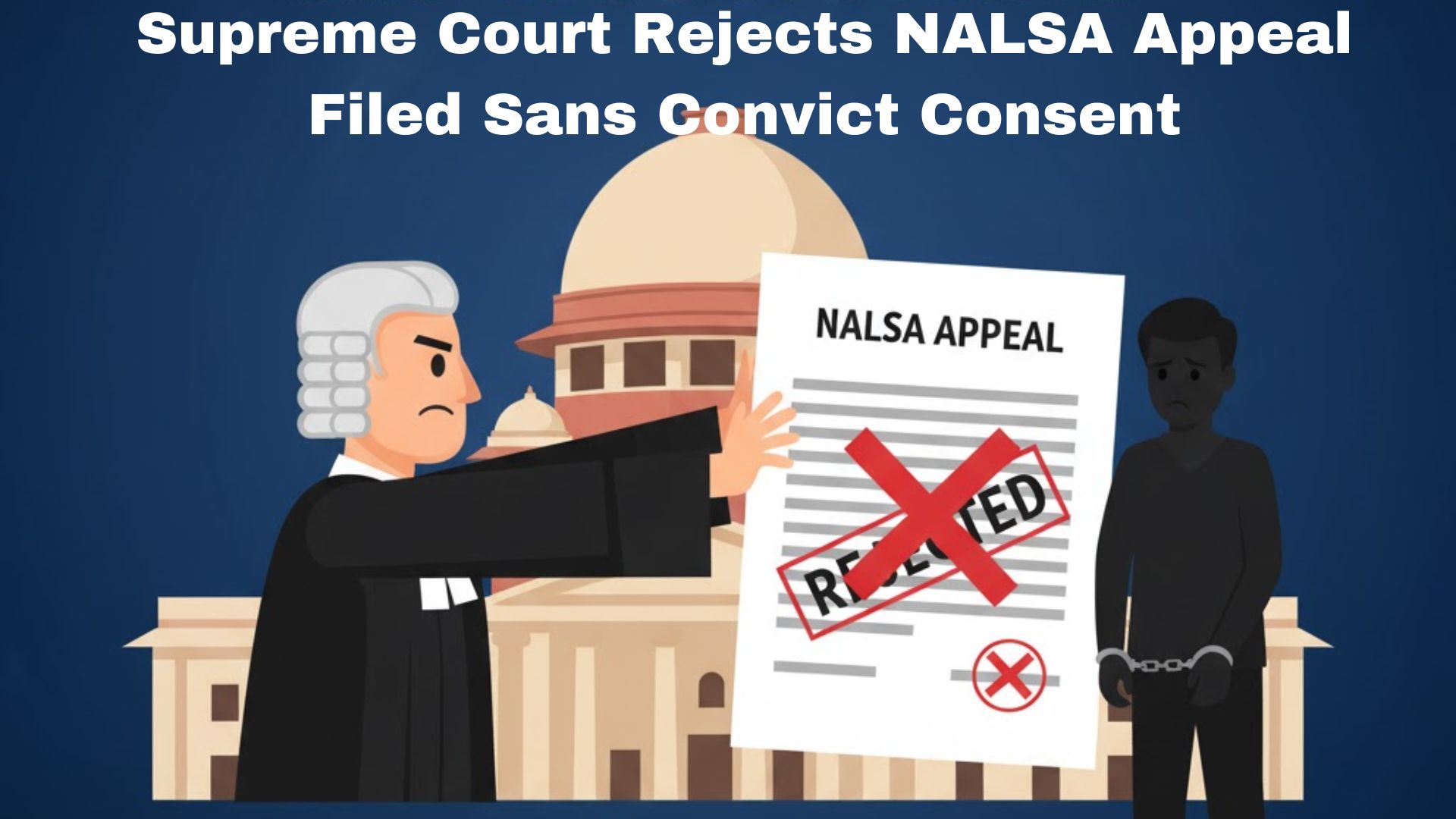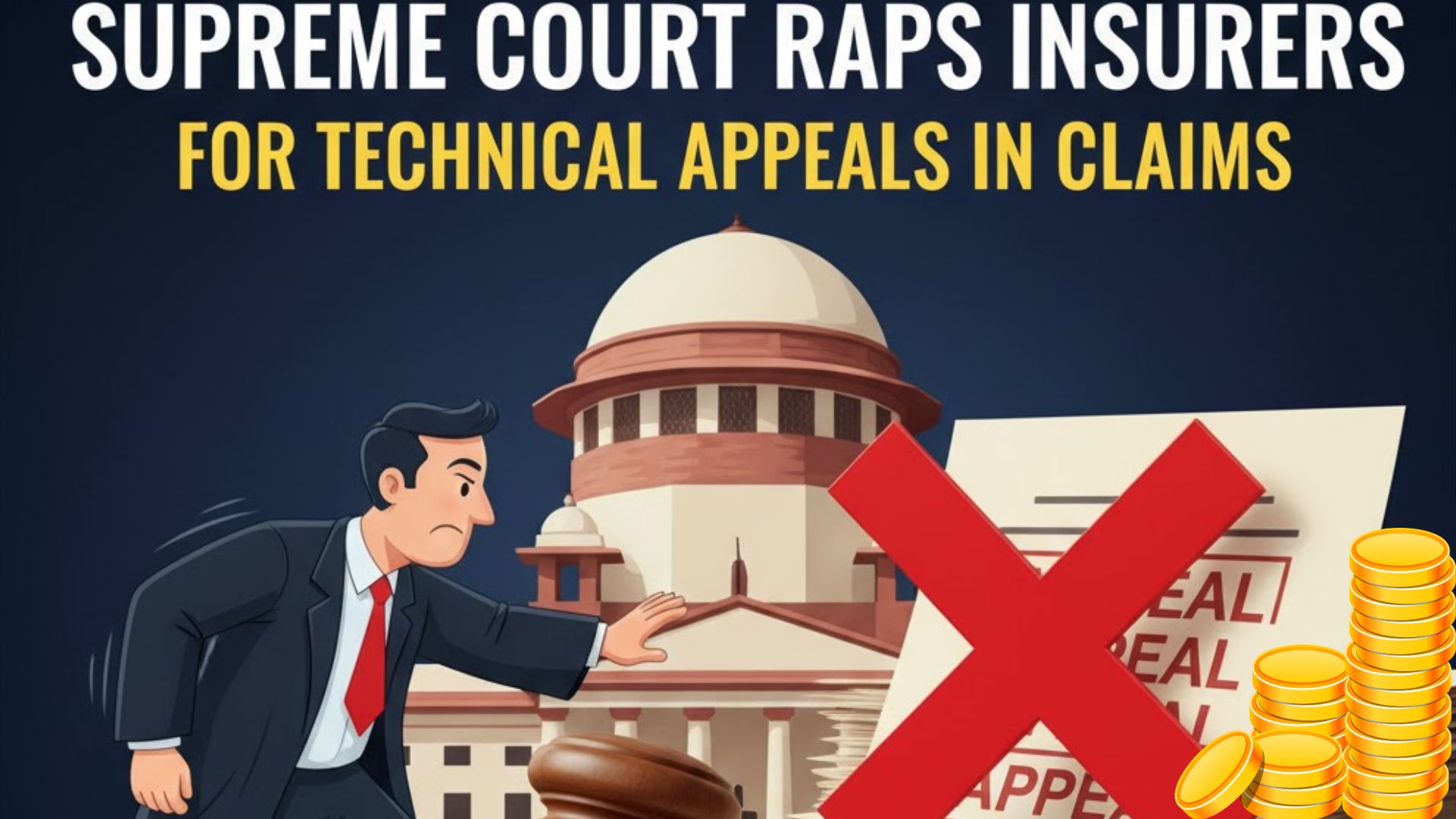1. The petitioner who happens to be the mother of corpus (married daughter of petitioner) seeks issuance of writ of habeaus corpus based on the
allegation that the corpus is missing since 04.06.2017 which led to lodging of a missing report Annexure P-3 and in view of matrimonial discord
between corpus and her husband (respondent No.4) the petitioner alleges that respondent No.4 has unlawfully confined the corpus with the aid of his
paramour.
2. The State and its functionaries have filed status report on 26.12.2018 and thereafter followed by two more reports filed on 09.01.2019 and
12.02.2019 which give an impression that despite efforts undertaken by the police authorities the corpus has not yet been traced out.
3. The factum of corpus being missing appears to be attributed to the matrimonial discord between corpus and her husband (respondent No.4). Â Â
4. In view of above, the present petition espouses the cause of missing person only.
5. A writ of habeas corpus cannot be issued to remedy a cause of a missing person, more so in the absence of any material when no  person Â
is  alleged  to  be  reflecting  unlawful confinement/restraint of corpus. Â
6. The Division Bench of this Court rendered in the case of Sulochana Bai Vs. State of M.P. & others reported in 2008 (1) MPLJ 339 has held that a
petition seeking a writ of habeas corpus is not maintainable in a missing person's case. Relevant paras of the said judgment are reproduced below for
ready reference and convenience:-
“4. The writ of habeas corpus as had been called by Blackstone ""the great and efficacious writ in all manner of illegal confinement"". The Apex
Court in the case of Kanu Sanyal v. District Magistrate , traced the immemorial antiquity of the writ and referred to number of English decisions and
opined that there can be no doubt that in enacting Article 32 (2) the Constitution makers meant to give to person illegally restrained of his liberty the
same kind of remedy, fashioned and developed over the years, which his counterpart enjoyed in England and United States. Their Lordships further
proceeded to state that while dealing with an application for the writ of habeas corpus under Article 32 the Supreme Court may not require the body
of the person detained to be brought before the Court. The production of the body of the person detained is not essential to the jurisdiction of the
Supreme Court to deal with the application. Their Lordships expressed if the detention is found to be unlawful, an order to release him is to be passed
forthwith.
5. In Prem Shanker Shukla v. Delhi Administration , the Apex Court has ruled thus:
“The raw history of human bondage and the roots of the habeas corpus writ enlighten the wise exercise of constitutional power in enlarging the
person of men in unlawful detention. No longer is this liberating writ trammelled by the traditional limits of English vintage; for, our founding fathers
exceeded the inspiration of the prerogative writs by phrasing the power in larger diction. That is why, in India, as in the similar jurisdiction in America,
the broader horizons of habeas corpus spread out, beyond the orbit of release from illegal custody, into every trauma and torture on persons in legal
custody, if the cruelty is contrary to law, degrades human dignity of defiles his personhood to a degree that violates Articles 21, 14 and 19 enlivened by
the preamble.â€
6. In Additional Secretary to the Government of India v. Alka Subhash Gadia 1992 Suppl. (1) SCC 496, it has been held that the Courts must insist
that the aggrieved person must allow the due operation and implementation of the concerned law and exhaust the remedy provided by it before
approaching the High Court to invoke the discretionary, extraordinary and equitable jurisdiction which has to be very sparingly used. Their Lordships
laid down certain guidelines where the Court should interfere prior to execution of order of detention.
7. In Sayed Taher Bqwamiya v. Joint Secretary to the Government of India and Ors. , the said principle was reiterated.
8. In Mohd. Ikrarn Hussain v. State of U.P. , it has been held as under:
“Exigence of the writ at the instance of a husband is very rare in English Law, and in India the writ of Habeas Corpus is probably never used by a
husband to regain his wife and the alternative remedy under Section 100 of the Code of Criminal Procedure is always used. Then there is the remedy
of a civil suit for restitution of conjugal rights. Husbands take recourse to the latter when the detention does not amount to an offence and to the
former if it does. In both these remedies all the issues of fact can be tried and the writ of habeas corpus is probably not demanded in similar cases if
issues of fact that first to be established. This is because the writ of habeas corpus is festinum remedium and the power can only be exercise in a
clear case.
9. In this context a Division Bench of the Kerala High Court in T. Ramachandran v. V.K. Kuttan and Ors. 1975 Cr.LJ 1531, it has been held that the
issue of writ of habeas corpus would necessarily pre-supposes the factum of wrongful confinement.
10. In the case of Dr. Mrs. Veena Kapoor v. Varinder Kumar Kapoor , the Apex Court while dealing with the custody of a minor child in habeas
corpus petition expressed the opinion as under:
“3. It is difficult for us in this habeas corpus petition to take evidence without which the question as to that is in the interest of the child cannot be
satisfactorily be determined. We, therefore, direct that the learned District Judge, Chandigarh, will make a report to us before 23rd of this month on
the question as to whether the custody of the child should be handed over to the petitioner-mother, taking into consideration the interest of the minor.
The learned Judge will give liberty to the parties to adduce evidence on the question in issue. The learned District Judge may either take up the matter
himself or assign it to an Additional District Judge, if there is any at Chandigarh.â€
11. In the case of State of Bihar v. Kameshwar Prasad Verma , it has been held that habeas corpus is a writ in the nature of order calling upon the
person who was detained by another to produce the latter before the Court so that the Court can know on what ground he has been confined and set
him free if there is no legal jurisdiction for imprisonment. In Anwar v. State of J and K , it has been held that it must appear to the Court that the
detention is in violation of the procedure established by law.
12. We have referred to the aforesaid decisions only to highlight that the writ of habeas corpus can only be issued when there is assertion of wrongful
confinement. In the present case, what has been asserted in the writ petition is that her father-in-law has been missing for last four years and a
missing report has been lodged at the Police Station. What action should have been taken by the Police that cannot be the matter of habeas corpus
because there is no allegation whatsoever that there has been wrongful confinement by the police or any private person. In the result, the writ petition
is not maintainable and is
7. In accordingly view of above,dismiss sinceed.†the cause raised is only of missing person but not of unlawful confinement or restraint, no writ of
habeas corpus can be issued and thus this petition seeking writ of habeas corpus deserves to be and is dismissed with the following directions:-
8. Accordingly, the present petition stands disposed of with following directions:-
1. That, the respondents are directed to take all possible steps to search the missing corpus.
2. The S.P. Gwalior is directed to supervise the process of search and file a monthly progress report of steps taken in search of corpus before the
Registry of this Court
3. The Registry in turn is directed to list this matter for orders before appropriate bench in case any of the monthly reports filed by the S.P., Gwalior
are found to be wanting.

